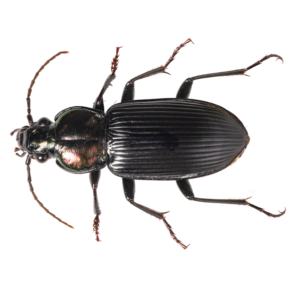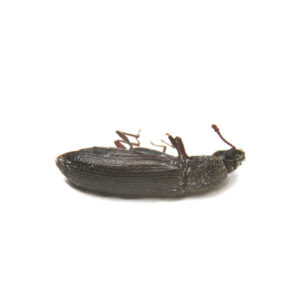Asian Lady Beetles in North Jersey
Asian lady beetles are small spotted insects that are known for feeding on aphids and other soft-bodied insects. Though they look very similar to ladybugs, Asian lady beetles have a distinctive “M” shape on the back of their head and are slightly more oblong in shape. Additionally, while ladybugs are very docile and beneficial to the environment, Asian lady beetles can be a real nuisance to property owners. Not only are they capable of biting, but they also emit a yellow, foul-smelling substance when threatened or crushed. Since they can live in large groups, they aren’t a pest you want to find inside of your home or business.
Asian Lady Beetle Habitat
Here in North Jersey, they primarily live in trees and open fields, but may try to get indoors when temperatures drop as they cannot survive sub-freezing weather. Should they invade your property, you may end up with hundreds or even thousands of beetles hiding in your attic, wall voids, siding, or other remote areas. While Asian lady beetles are not considered particularly harmful, an infestation can be unpleasant to deal with. With how large infestations can get, it doesn’t take long for them to stain your belongings or release an unpleasant odor.
Asian Lady Beetle Behaviors, Threats, or Dangers
While Asian lady beetles can bite, they rarely do and are not known to spread diseases. That said, some individuals may experience an allergic reaction in response. Their ability to bite isn’t the only cause of concern when facing an infestation, though; they are infamous for releasing unpleasant odors and yellow stains if they feel in danger. Since a single infestation could contain hundreds or thousands of individual beetles, they’re an unwelcome houseguest for people in North Jersey.
Notice Asian lady beetles around your property? If you are dealing with an infestation, always contact a licensed beetle pest control technician. These pests can spread like wildfire, but our team is up to the job. We can quickly and efficiently remove the beetles while implementing exclusion efforts to keep them out in the long run.




